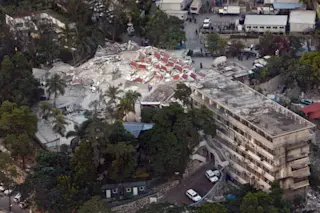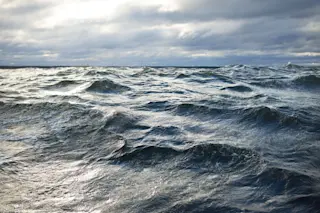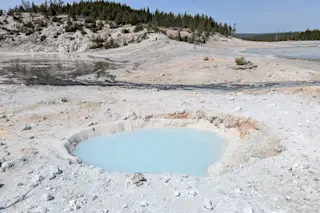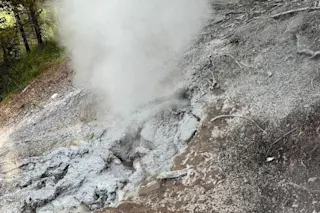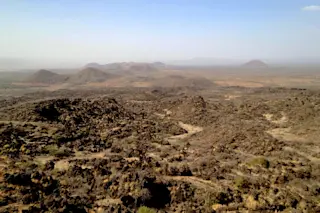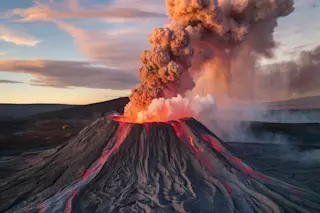There is a saying that there is no such thing as a natural disaster. This sounds counterintuitive -- we've seen countless events where earthquakes, eruptions or hurricanes have created immense damage and killed thousands. Yet, the common denominator in these disasters isn't the geologic or meteorologic event, but rather the presence of people where these events strike.
Over the weekend, a M7.2 earthquake struck the southern part of Haiti on the island of Hispaniola. The destruction from this earthquake has killed over 1,300 people, with many more still missing. If this seems familiar, a M7.0 earthquake in 2010 struck Haiti. That temblor may have killed up to 300,000 people, mainly around the capitol city of Port-au-Prince. So far, the 2021 earthquake has not wreaked the same havoc as the 2010 event, but we are still in the early days of recovery, with aftershocks still hitting the area.
This new earthquake ...


